Knee-to-chest exercise
Table of Contents
What is knee-to-chest exercise?
- The knee-to-chest exercise is an excellent exercise to stretch your lower back, buttocks, and back thigh muscle and strengthen your core muscles.
- Stretching these muscles not only makes them flexible, but it will also increase the range of motion of the joints of the back, hip, and knee.
- That is involved in doing this exercise. it will aid you to prevent injury to the lower back, hamstrings, and glutes, it reduces stiffness over back and thigh as well as reduce pain in these muscle groups.
- It should also aid to relieve the tingling and numbness sensations in your back and leg it helps to relieve spinal pressure by creating more space in vertebrae.
- Stretching plays a major role in any physical activity as it improves blood circulation and provides nutrients to joints and muscles.
- It also reduces muscle soreness and stress.
- Knee to chest exercise’s other name is a Williams flexion exercise.
- Physiotherapists recommend knee-to-chest exercise after doing household work like gardening or prolonged sitting at your desk.
Which muscles are stretched and strengthened when you perform knee-to-chest exercises?
- The knees-to-chest exercise helps to stretch the erector spinae, latissimus dorsi, gluteus medius, gluteus minimus, and gluteus maximus muscles, as well as the thoracolumbar fascia.
- This exercise also strengthens core muscles mainly lower abdominal muscles.
Health benefits of doing knee-to-chest exercises:
The followings are the health benefits of doing knee-to-chest exercises:
- Helps Recover from lower back injuries.
- Improved range of motion
- More long-term flexibility for hamstring muscles and stretches your gluteal region muscles
- Improves abdominal support for a safe and healthy back
- Assist the digestive system and elimination processes.
- Strengthen the Adductor Muscles
- Improve Knee Flexion
- Reduced lordotic posture
- Relived Low Back pain
- Also recommended for Sciatica Pain
How to do knee-to-chest exercises:
Knee-to-chest exercise in the supine position:
Single knee to chest:
- Lie on your back on the mat with both arms and legs extended or straight, your feet flat on the floor.
- Bring one knee towards your chest.
- At that time your other leg straight tries to keep your lower back pressed towards the floor.
- Hold this for 20 to 30 seconds.
- Now return to starting position.
- Do this movement for another leg.
- Repeat this 7 to 10 times in one session.
- Two or three times in one day.

How to perform a single knee-to-chest video:
Double knee to chest:
- Lie on your back on a mat with both arms and legs extended or straight, your feet flat on the ground.
- Draw both knees towards your chest until you feel a stretch over your back.
- Hold this for 20 to 30 seconds.
- Now return to the beginning position and do it again.
- Repeat this 7 to 10 times in one session.
- Two or three times in one day.
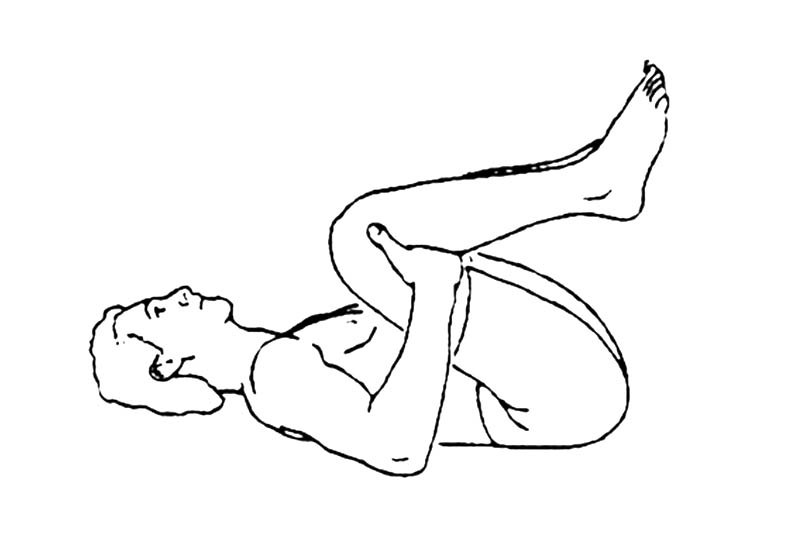
How to perform double knee-to-chest:
Knee-to-chest exercise in a sitting position:
- Sit up tall in front of the chair.
- Straighten the left leg and place the foot on the floor.
- Hold at the sides of the chair and bring the right knee into the chest (to deepen stretch take hands around the back thighs and bring the knee closer to the chest).
- Repeat on another leg.

Knee to chest exercise in standing position:
- Stand upright.
- Feet and toes facing forward.
- Take a step forward and raise your knee up as high as possible into your torso and grasp your knee with both hands.
- Hug the knee into the chest while maintaining a straight posture.
- Keep your core engaged throughout the movement.
- Hold for 20 to 60 secs or as long as desired.
- Repeat on another leg.
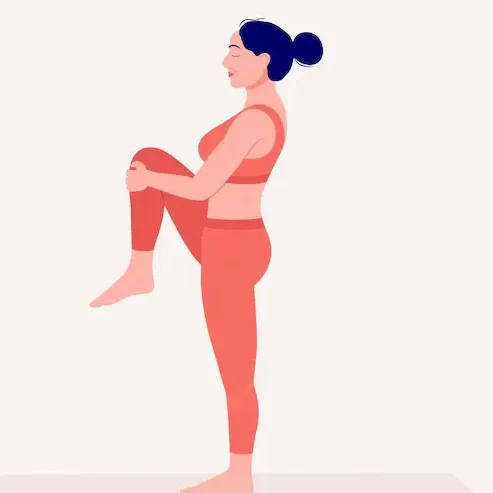
Precautions:
- Hold the stretch for 20-30 seconds. Don’t bounce!
- Never hold your breath. Breathe throughout the exercise.
- Stretch the lower back muscles with safety and care. Be gentle and aware if you have any kind of injury or health problem. It’s good to consult with your doctor first before starting any new types of exercise.
- You can perform knee-to-chest exercises one or two times a day. But if the pain increases or you feel very sore, take a day off from stretching.
When are you not to do this exercise?
- Hip injury
- Knee injury
- If exercise is painful avoid this exercise
- Disc Prolapse – Slip Disc (PIVD)
- If you feel more back pain
- If exercise is painful
- If you feel any tingling or numbness over your leg at a time of exercise
FAQ:
The knees-to-chest exercise helps to loosen up the erector spinae, latissimus dorsi, gluteus medius, gluteus minimus, and gluteus maximus muscles, as well as the thoracolumbar fascia.
The knee-to-chest exercise is used to stretch your hip and low back (lumbar spine) muscles. It should also aid relieve pressure on spinal nerves by creating more space for those nerves as they exit the spine.
Hold for at least 20 to 30 seconds.
Yes, for the most, the knees-to-chest exercise is a gentle stretch that is safe for people who have back pain from arthritis or disc problems.

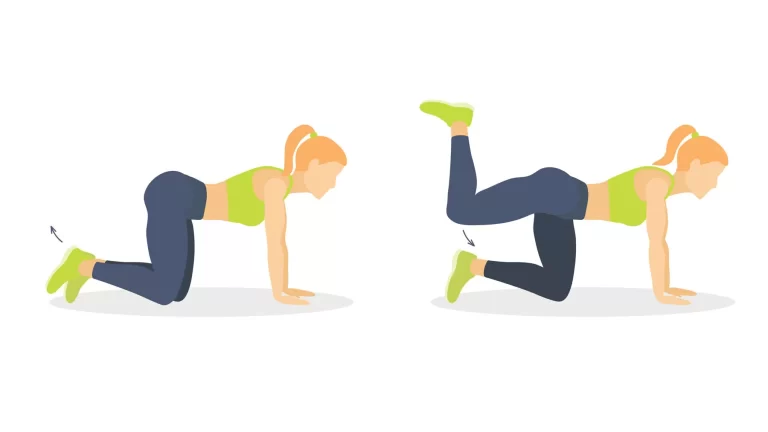
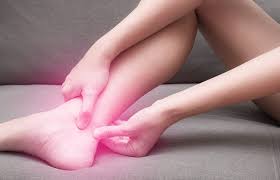

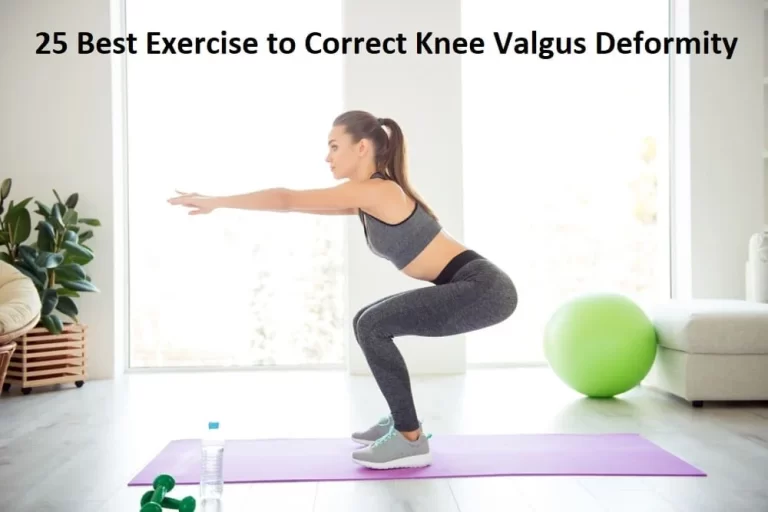


One Comment